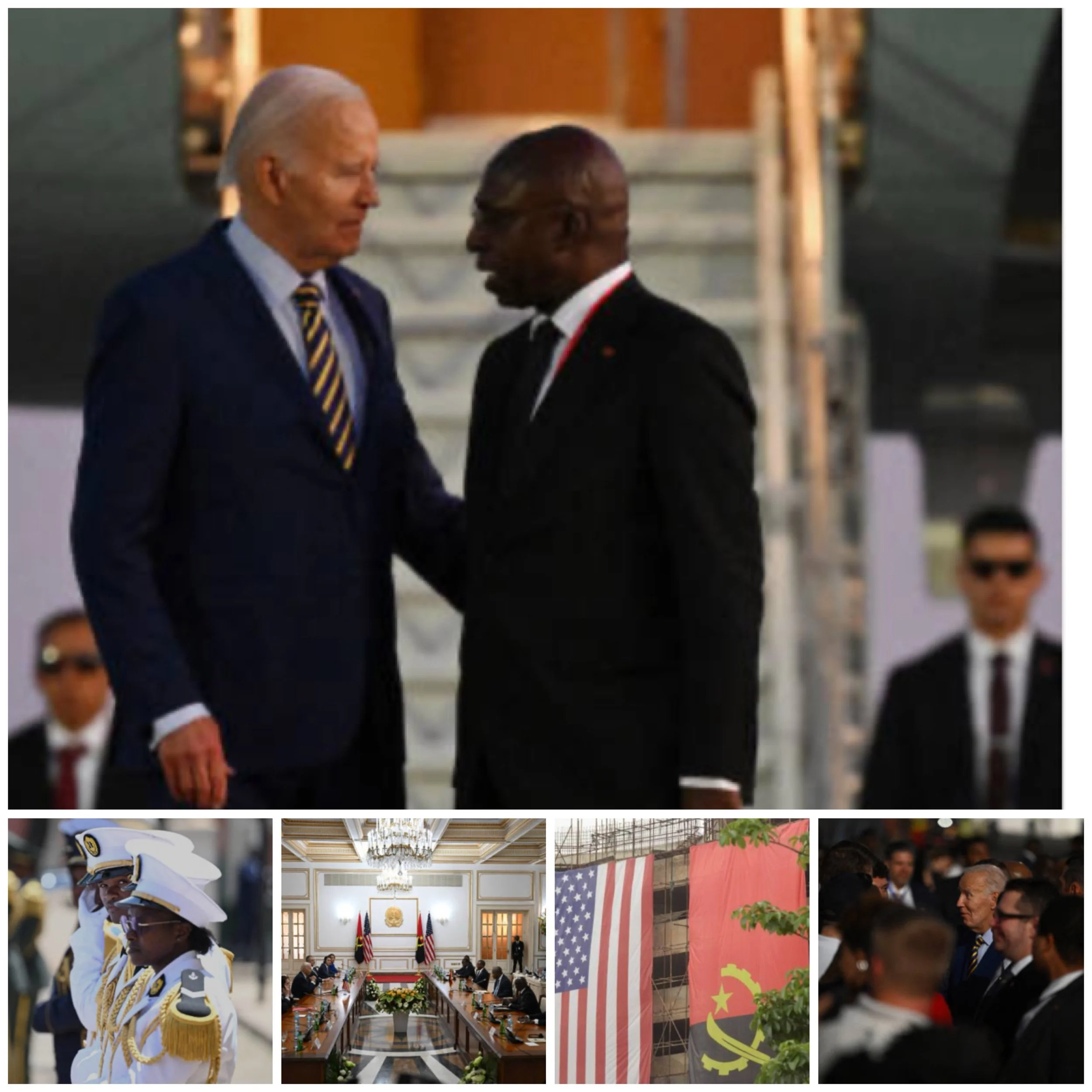China’s ban of rare earth minerals, US is banking ‘All in’ Africa where China has already spread its wings with debt trap
Introduction
China’s recent ban on rare earth mineral exports to the United States marks a significant escalation in the ongoing technological rivalry between the two global powers. This move comes as the U.S. intensifies its efforts to strengthen ties with African nations, particularly in the face of China’s already established influence on the continent.
China’s Rare Earth Export Ban
On December 3, 2024, China announced an immediate ban on the export of several rare minerals to the United States, including gallium, germanium, and antimony. This decision follows the Biden administration’s expansion of restrictions on advanced technology sales to China. The ban is likely to have far-reaching consequences, as China is responsible for nearly the entire global production of these vital minerals, which are essential for manufacturing advanced technologies like semiconductors.
Impact on Global Markets
The rare earth export restrictions are expected to cause significant disruptions in global supply chains, particularly affecting industries such as:
Semiconductors
Electric vehicles
Renewable energy technologies
Defense systems
These limitations are likely to result in tighter supplies and higher costs of rare earths in the global market. The technology sector, in particular, may face production delays, lower profit margins, and higher product prices.
U.S. Strategy in Africa
As China tightens its grip on rare earth minerals, the United States is increasingly looking towards Africa as a potential alternative source and strategic partner. President Biden’s recent trip to Angola highlights this shift in focus. Key aspects of the U.S. strategy in Africa include:
Infrastructure Investment
The U.S. is supporting projects like the Lobito Corridor, an 800-mile railway designed to facilitate the movement of essential minerals from central Africa to Angola’s western port.
Economic Partnerships
The U.S. has established the U.S.-Angola Commercial and Investment Partnership to enhance commercial ties and increase ease of doing business.
Financial Support
Since 2022, the Export-Import Bank of the United States has provided $2.9 billion in financing for projects in Angola across various sectors. As we speak President Biden is in Angola discussing partnerships in many areas to counter China’s ban.
Health Initiatives
The U.S. is collaborating with Angola on health security, including support for mpox preparedness and response.
Challenges and Complexities
While the U.S. is ramping up its engagement in Africa, it faces several challenges:
China’s Established Presence
China has already invested heavily in Africa, with the continent’s debt to China reaching approximately $90 billion as of September 2024.
Debt Concerns
Chinese financing has reached unsustainable levels across the continent, raising concerns about debt traps and economic instability.
Geopolitical Competition
The U.S. must navigate a complex landscape where China and Russia are also vying for influence.
Policy Continuity
With the upcoming transition to the Trump administration, there are uncertainties about the future direction of U.S.-Africa policy.
Looking Ahead
The U.S. strategy in Africa represents a shift from providing development aid to fostering investment in specific nations.
This approach aims to offer an alternative to Chinese investments, emphasizing higher standards and more beneficial partnerships.
However, the success of this strategy will depend on sustained engagement, policy continuity, and the ability to deliver tangible benefits to African nations.
Conclusion
As the global competition for critical minerals intensifies, the U.S.-Africa relationship will likely play an increasingly important role in shaping the future of technological supply chains and geopolitical alliances.






